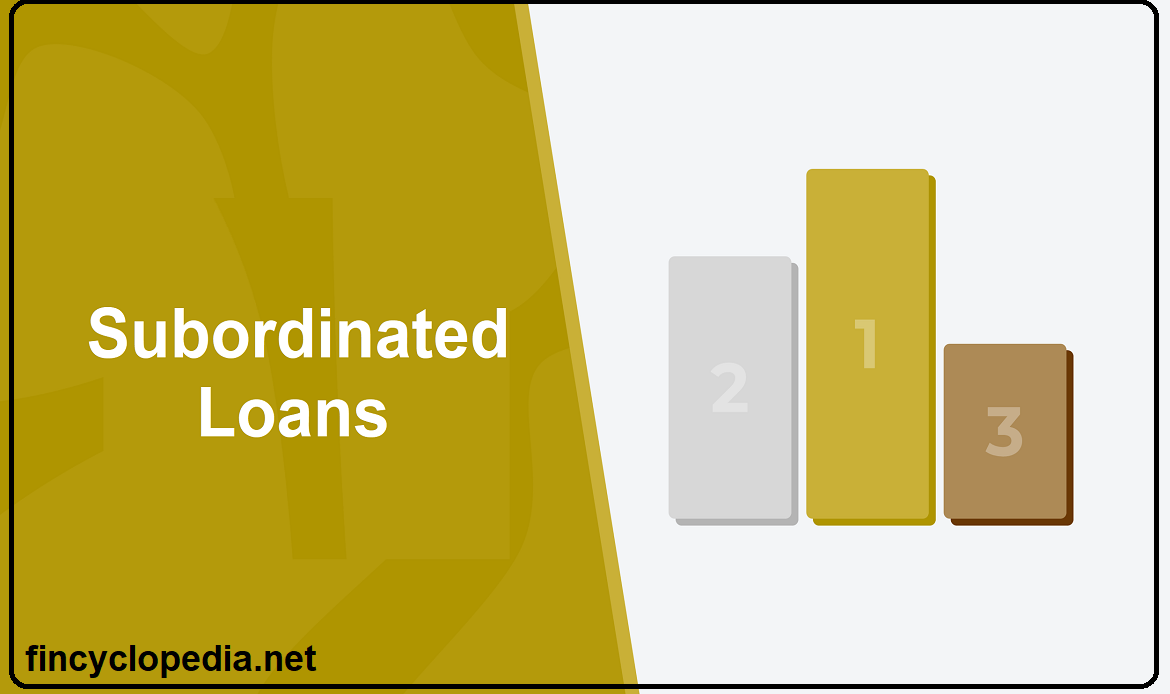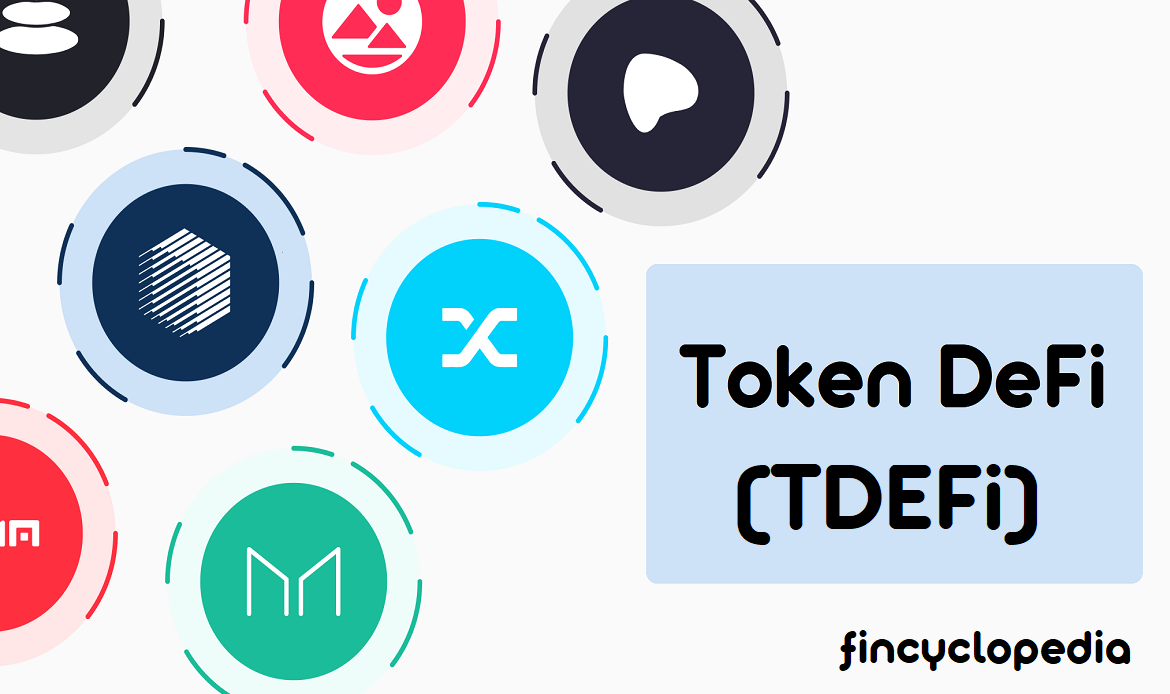
Perpetual instruments: concept
A perpetual instrument is a financial instrument (typically, an equity instrument and at times a debt instrument) that is issued by an entity and represents (and gives rise to) no settlement obligation and entitles the holder to a portion of the entity’s net assets in liquidation. For example, certain types of common stocks, preferred stocks, and callable stocks are perpetual instruments.
A perpetual instrument is classified as equity even if the instrument is not a direct ownership instrument. By nature, perpetual instruments belong to quasi-equity (QE), and usually have not certain maturity date. Since it has no maturity date, the instrument implies that the issuer does not pay the principal amount back to investors but makes periodic interest payments throughout the life of the instrument.
For example, a perpetual bond (a perp) is a form of quasi-equity instrument (QE instrument), that has no fixed maturity and can continue perpetually with no principal repayment but only a coupon interest payment. Given the quasi-equity nature of such a bond, the payment of coupon is made at the discretion of the issuer (coupon payments may not be made in a year in which the issuer has accumulated losses or does not have sufficient reserves for such payments.)
Although not redeemable, these bonds pay a steady stream of interest in perpetuity. Because of the characteristics of these bonds, they are often perceived to be a type of equity and not a debt. Issuers pay coupons on these bonds forever. Perpetual bond cash flows are assumed to come up for a perpetuity.
Main examples
The main examples of perpetual instruments include the following:
Instruments that classify as equity:
- Common shares.
- Callable shares.
- Perpetual bonds.
- Perpetual warrants.
- Share with a preference in liquidation.
Instruments that classify as liabilities:
- Forward contracts.
- Options (on equity).
- Convertible debt.







